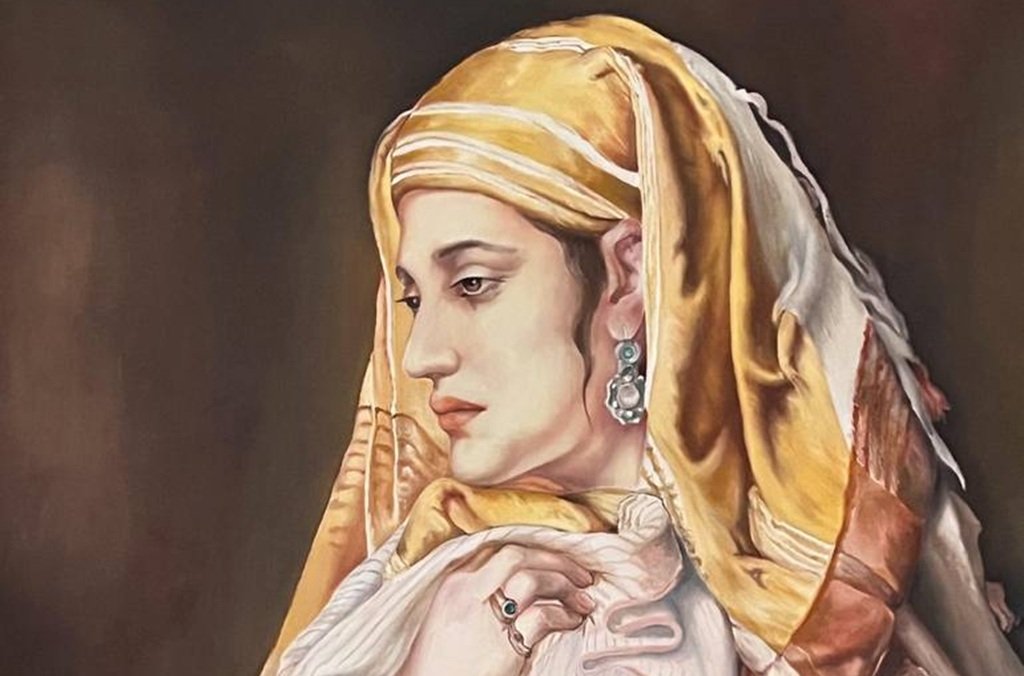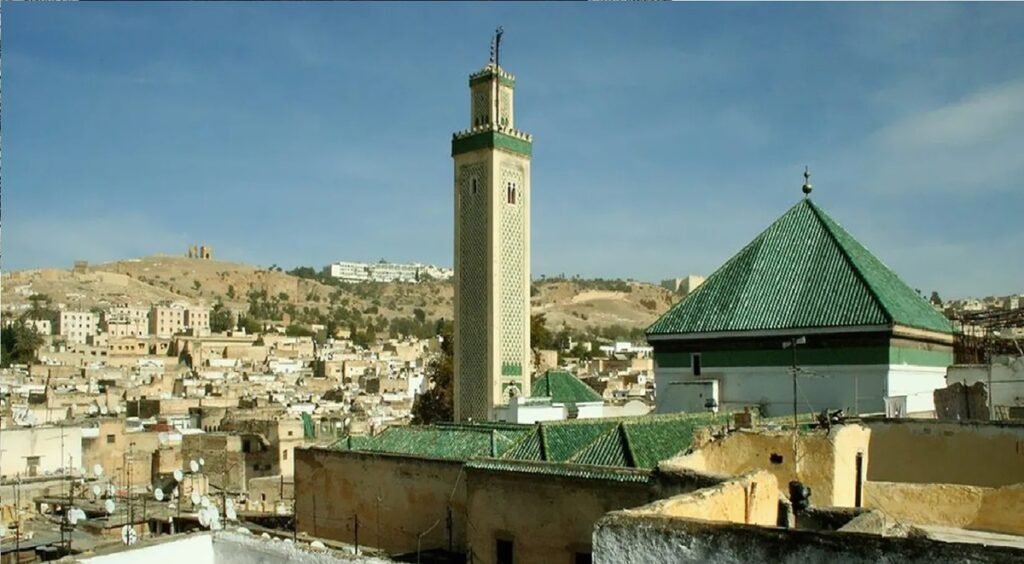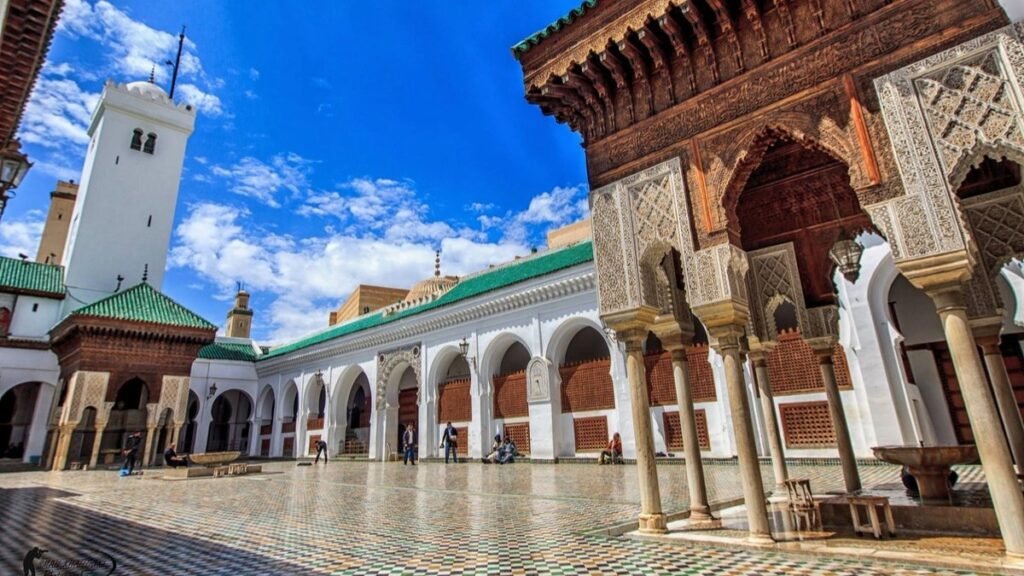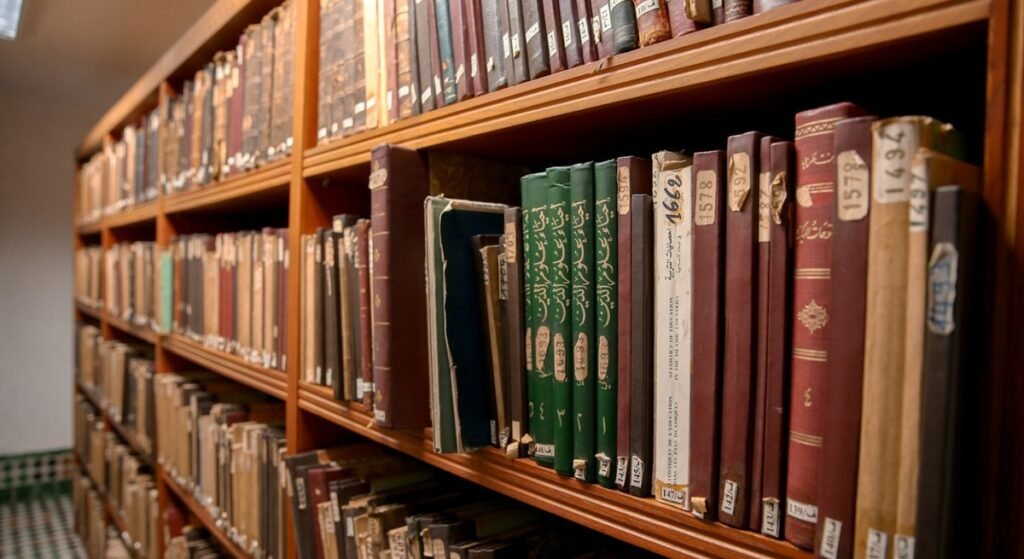Fatima Al-Fihri: A woman who made the scientific dream an eternal monument

In the heart of the old city of Fez, where the narrow alleys exude the scent of history and the minarets of mosques embrace the Moroccan sky, the name of an exceptional woman is immortalized. She was not content with being a child of her time, but rather transcended the boundaries of time to write one of the greatest chapters of Islamic civilization. She is Fatima al-Fihri, known by the nickname “Umm al-Banin,” and the owner of the greatest scientific and cultural achievement: the founding of… University of Al-Qarawiyyin, the oldest university in the world.
Deep roots and a life full of giving
Fatima was born around 800 AD in the city of Kairouan (present-day Tunisia), into a family of knowledge and religion. Her origins go back to a Quraysh Arab family, descended from the leader Uqba ibn Nafi, the conqueror of North Africa. Her father, the wealthy merchant Muhammad al-Fihri, migrated to Fez during the reign of the Idrisid dynasty, bringing with him his family and the ambition to settle in this emerging city, which quickly became a center of trade and learning.
Fatima's married life did not last long, as she lost both her husband and father within a short period of time. However, she inherited a large fortune from them, along with her sister Maryam. However, money did not tempt her; instead, she saw it as a means to do good and serve society, especially since she was raised on the values of asceticism and piety. She became famous for her generosity to the poor and students, earning her the nickname "Umm al-Baneen."
An idea that transcends its timeA
As the population of Fez grew, the existing mosques were no longer sufficient for worshippers and students. Fatima then conceived an idea that would change the course of history: build a grand mosque that would be a beacon of knowledge and religion. Her sister, Maryam, in turn, took the initiative to build Andalusian MosqueWhile Fatima began building her edifice, which would later be known as the “Qarawiyyin Mosque.”
What is striking about her story is that she insisted that the mosque be built with her own money, and that all its materials be extracted from the land she had purchased. Historians note that she remained silent throughout the construction period, which spanned nearly eighteen years, devoting her efforts and devotion to this great project.
From mosque to university

What began as a congregational mosque quickly transformed into a major academic school. Scholars sat in circles within its halls to teach jurisprudence, hadith, and language. It gradually expanded to include mathematics, astronomy, medicine, logic, and philosophy. Over the centuries, it became University of Al-Qarawiyyin The world's oldest educational institution, several centuries ahead of European universities, as recognized by the Guinness Book of World Records.
The influence of Al-Qarawiyyin was not limited to Morocco, but rather attracted students and professors from various parts of the Islamic world and Europe. Ibn Khaldun Founder of sociology, andIbn Rushd The great philosopher, andMoses Maimonides The famous Andalusian physician, and even Pope Sylvester II, who contributed to bringing Arabic numerals to Europe.
political and spiritual status

The University of Al-Qarawiyyin was not merely a scholarly institution; it also played a prominent political role. Major decisions, such as the pledge of allegiance, the declaration of war, and the conclusion of peace treaties, were made within its confines and endorsed by its scholars. For centuries, it remained a center for the formulation of Moroccan Islamic thought, based on a balance between authenticity and innovation.
Economically, the university possessed vast endowments that made it financially independent of the state, to the point that some sultans borrowed from its treasuries to finance their projects. Its endowments also extended to the mosques of Jerusalem, Mecca, and Medina.
Al-Qarawiyyin Library... an eternal memory

In addition to the classrooms, one of the oldest libraries in the world was established in Al-Qarawiyyin, housing thousands of rare manuscripts on various sciences, including Qur'ans dating back to the ninth century AD and books on astronomy, medicine, mathematics, and philosophy. This library has remained a destination for researchers and scholars throughout the ages, a testament to the authenticity of the project launched by Fatima.
Fatima Al-Fihri's legacy
Although details of her personal life are scarce, and her date of death is likely to be 878 AD, her impact remains lasting. While she left no book or work, she left behind something even greater: a scholarly edifice that has survived for more than a thousand years, a beacon for scholars and students from all over the world.
Fatima al-Fihri's story is not just the biography of a righteous woman; it is a testament to the fact that will and vision can make history. She broke the norms that confined women to their homes, becoming a model of female leadership in Islam and affirming that knowledge and learning know no gender or geographic boundaries.
conclusion
Today, when we remember University of Al-QarawiyyinWe are not only remembering the oldest university in the world, but also a woman who embodied the values of endowment, knowledge, and innovation, a woman who believed that building minds is no less important than building walls. She is Fatima Al-Fihri, “Umm Al-Banin,” who taught humanity an eternal lesson: that women are capable of leaving their mark on history, and that great projects are born from believing hearts and enlightened minds.





